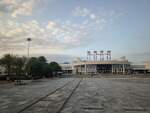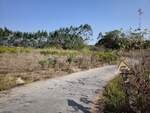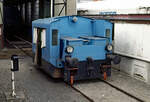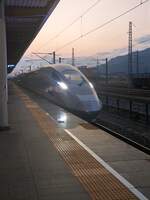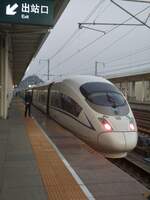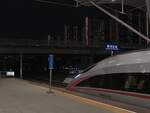2024.11.17, abandoned Railway Crossing of GuiLin-HaiYang County Railway, on 龙门二路 (LongMen 2nd Road), from National Highway G357, 桂磨公路 (GuiMo
(ID 1388054)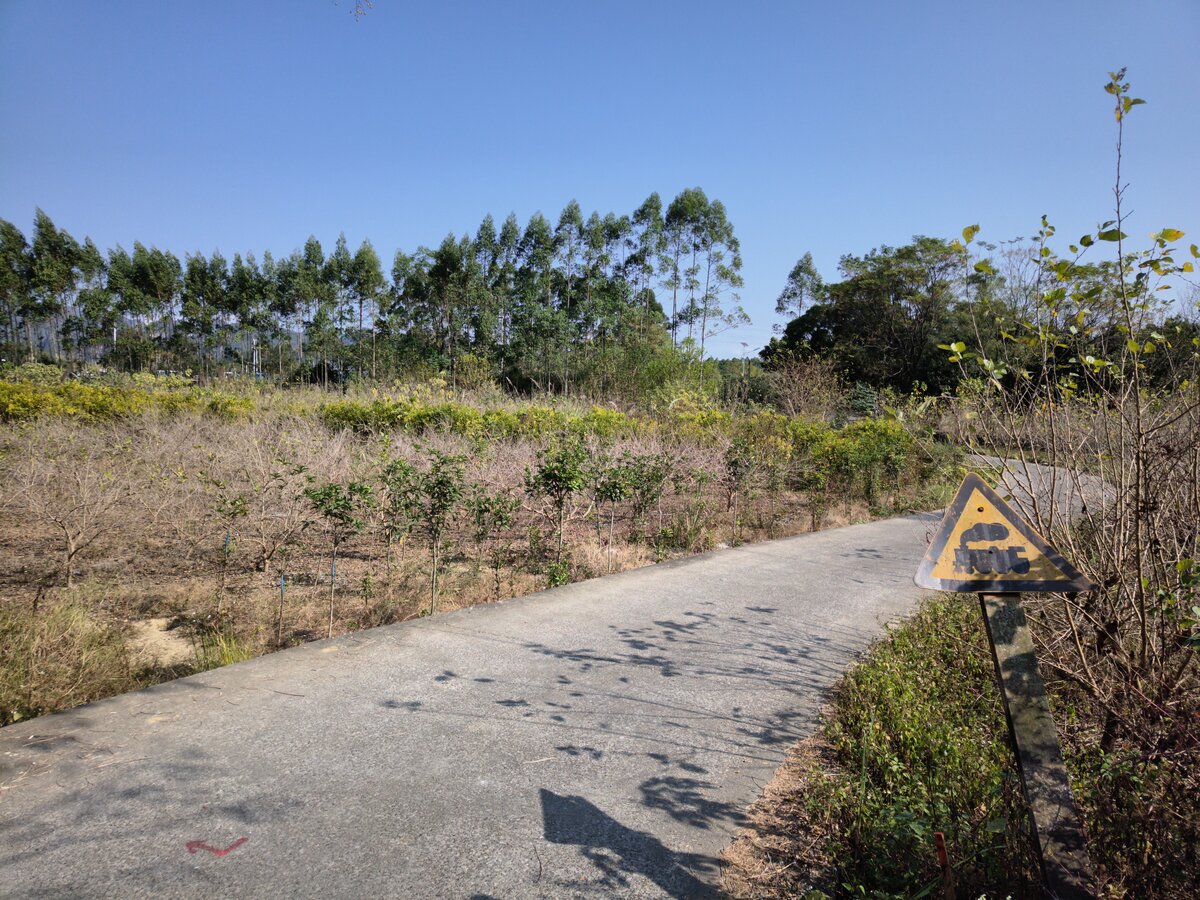
2024.11.17, abandoned Railway Crossing of GuiLin-HaiYang County Railway, on 龙门二路 (LongMen 2nd Road), from National Highway G357, 桂磨公路 (GuiMo Highway, GuiLin-MoPanShan Dock) section. The narrow road leads up to an unmanned crossing under the trees. The railway was planned since 1958 but only start construction toward HaiYang County's Iron Ore Quarry in 1970s. To great disappointment, the construction were abandon in 1973 due to poor quality of ore. Nevertheless, just a few km to left of this crossing, the GuiLin East station was opened as coal yard. This section after GuiLin East probably didn't seen a train for a good 30 to 40 years since...
///
2024.11.17, verlassener Bahnübergang der GuiLin-HaiYang County Railway, an der 龙门二路 (LongMen 2nd Road), von der National Highway G357, 桂磨公路 (GuiMo Highway, GuiLin-MoPanShan Dock). Die schmale Straße führt bis zu einem unbewachten Bahnübergang unter den Bäumen. Die Bahnlinie wurde seit 1958 geplant, aber erst in den 1970er Jahren wurde mit dem Bau in Richtung des Eisenerzbergwerks des Bezirks HaiYang begonnen. Zur großen Enttäuschung wurde der Bau 1973 wegen der schlechten Qualität des Erzes aufgegeben. Nichtsdestotrotz wurde nur wenige Kilometer links von dieser Kreuzung der Bahnhof GuiLin Ost als Kohlenbahnhof eröffnet. Dieser Abschnitt nach GuiLin Ost hat wahrscheinlich seit gut 30 bis 40 Jahren keinen Zug mehr gesehen...
KCRC Railway 19.11.2024, 1 Aufrufe, 0 Kommentare
EXIF: OPPO OPPO Reno10 Pro 5G, Datum 2024:11:17 11:08:36, Belichtungsdauer: 414360/1000000000, Blende: 1800/1000, ISO100, Brennweite: 5590/1000

KCRC Railway
17 1200x900 Px, 26.11.2024

KCRC Railway
16 1200x900 Px, 26.11.2024

KCRC Railway
13 1200x700 Px, 26.11.2024
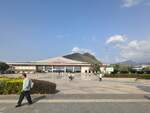
KCRC Railway
12 1200x900 Px, 26.11.2024











